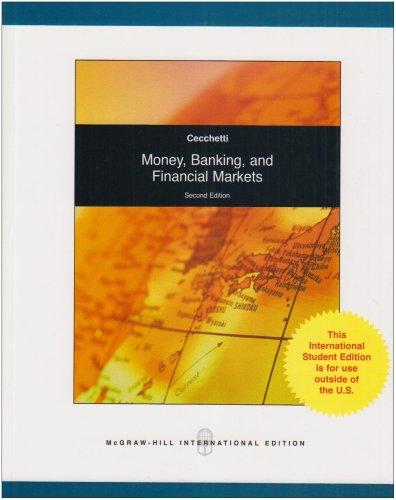2. Attached is the memo from Joanna Cohen who is an analyst trying to calculate the cost of capital for Nike. Please read section II, III & IV of the memo (Exhibit 5), clearly state TWO MAJOR ERRORS Cohen had in estimation the weighted average of cost of capital. Please also show with numbers how to correct the errors. You may use the information from exhibit 4 & 5 of the Nike case attached. (14 points) Case 15 Nike, Inc:Cost of Capital 241 EXHIBIT 5 Joanna Cohen's Analysis TO: FROM: DATE: Kimi Ford Joanna Cohen July 6, 2001 Nike's cost of capital Based on the following assumptions, my estimate of Nie's cost of capital is 8.4% L. Single or Multiple Costs of Capital? The first question that I considered was whether to use single or multiple costs of capital, given that Nike has multiple business segments. Aside from footwear, which makes up 62% of its revenue, Nie also sells apparel (30% of revenue) that complements its footwear products. In addition, Nike sells sport balls, timepieces, eye- wear, skates, bats, and other equipment designed for sports activities. Equipment products account for 3.6% of its revenue. Finaly, Nike also sels some non-Nike-branded products such as Cole Haan dress and casual foohwear, and ice skates, skate blades, hockey sticks, hockey jerseys, and other products under the Bauer trademark, Non-Nike brands accounted for 4.5% of revenue. l asked myself whether Nike's business segments had different enough risks from each other to warrant different costs of capital,Were their protiles realy different? I concluded that it was only the Cole Haan line that was somewhat diflerent; the rest were all sports-related businesses. Since Cole Haan makes up only a tiny fraction of revenues, however, I did not the apparel and footwear lines, they are sold through the same marketing and distribution channels and are often marketed in other collections of similar designs. Since I beieve they face the same risk factors, I decided to compute only one cost of capital for the whole company think that it was necessary to compute a separate cost of capital. As for l. Methodology for Calculating the Cost of Capital: WACC Slince Nike is funded with both debt and equity, I used the WACC method (weighted-average cost of capital). Based on the latest available balance sheet, debt as a proportion of total capital makes up 27 accounts for 73.0%; .0% and equity Capital Sources Book Values (in millions) Current portion of long-term debt Notes payable Long-term debt 5.4 855.3 435.9 $1,296.6 $3.4945 27.0% of total capital 73.0% of total capital Equity IlI. Cost of Debt My stimate of Nike's cost of debt is 4.3% l arrived at this estimate by taking total interest pense for the year 2001 and dividling it by the company's average debt balance. The rate is lower than Treasury yields, but that is because Nike raised a portion of its funding needs through Japanese yen notes, which carry rates between 2.0% and 4.3%. After adjusting for tax, the cost of debt comes out to 2.7%. I used a tax rate of 38%, which l obtained by adding state taxes of 3% to the US statutory tax rate. Historically, Nike's state taxes have ranged from 2.5% to 3.5%. EXHIBIT 4 | Capital-Market and Financial Information On or Around July 5, 2001 Current Ylelds on U.S.Treasuries Nike Share Price Porformance Relatlve to S&P500: January 2000 to July 5, 2001 4.88% 5.74% SAP 500 Hlstorical Equity Risk Premlums (1926-1999) 75% Current Yleld on Publlcly Traded Nike Debt* 8.75% pald s Current Price Faee Vaine NIke Hlstorlc Betas $95.60 1996 0.98 0.84 1998 1999 0.83 0.69 Nlke share price on July 5, 2001:$42.09 Dividend Hlstory and Forecasts 30-Sop 31-Dec 0.10 0.12 0.12 0.12 0.80 30-Jun 0.10 0.12 0.12 0.12 0.12 Avarage 1997 1998 0.40 0.10 0.12 0.12 0.12 0.12 0.10 0.12 0.12 0.12 0.48 0.48 0.48 FY 2003 $2.67 FY 2002 2000 2001 Value Line Forecast of Dividend Growth from '98-'00 to .04-06: 5.50% Data have boan modiliad for teaching purposes. Sources af dieta: Bloomberg Financlal Sarvices, Ibbotson Assoclatos Yoarbook 1999, Value Line Investment Survey, IBES









